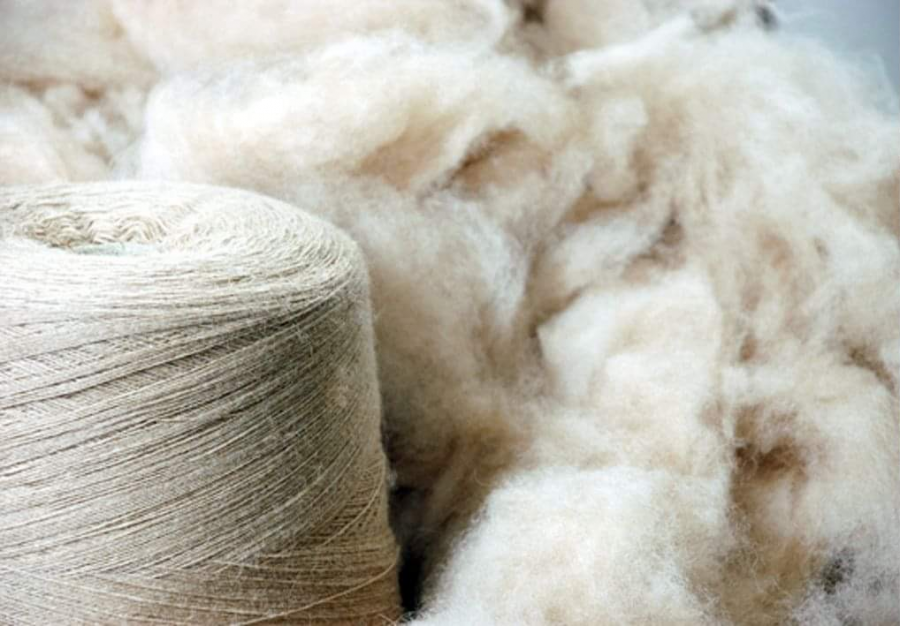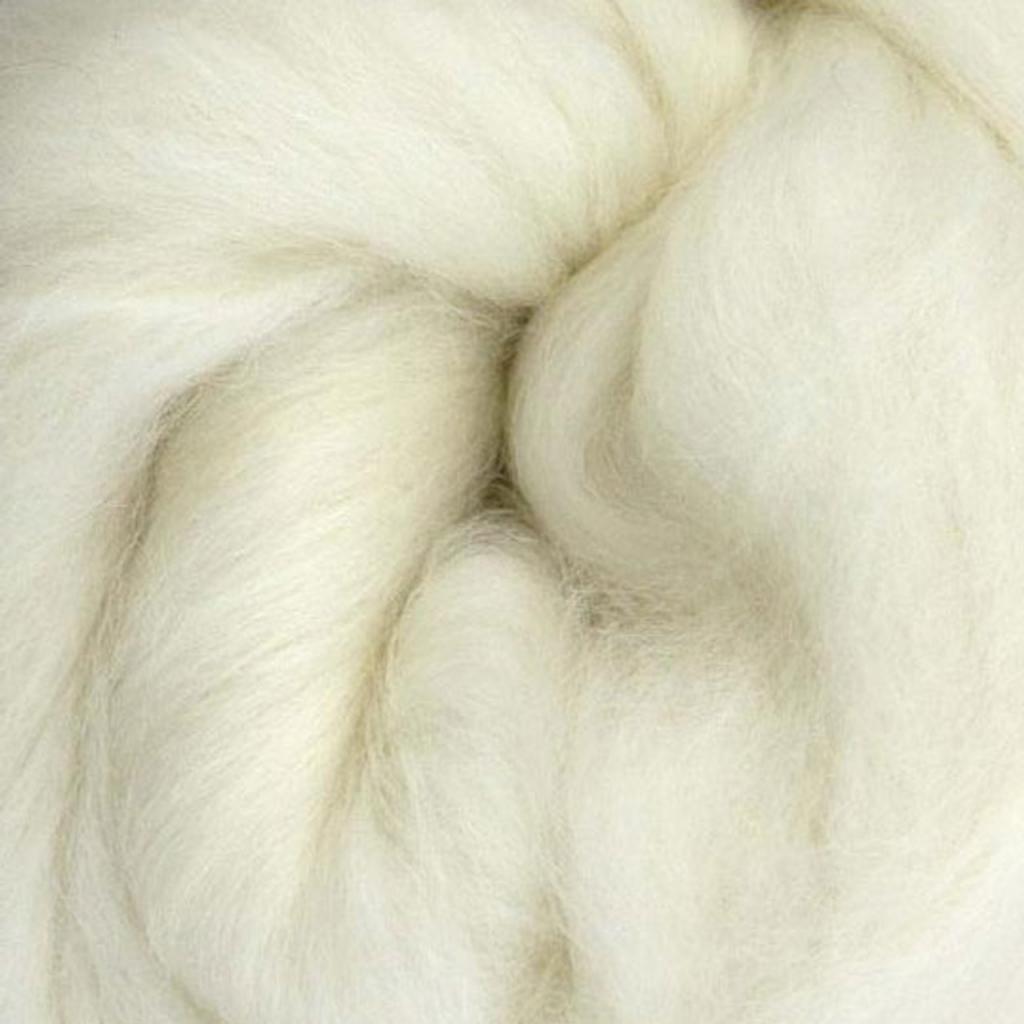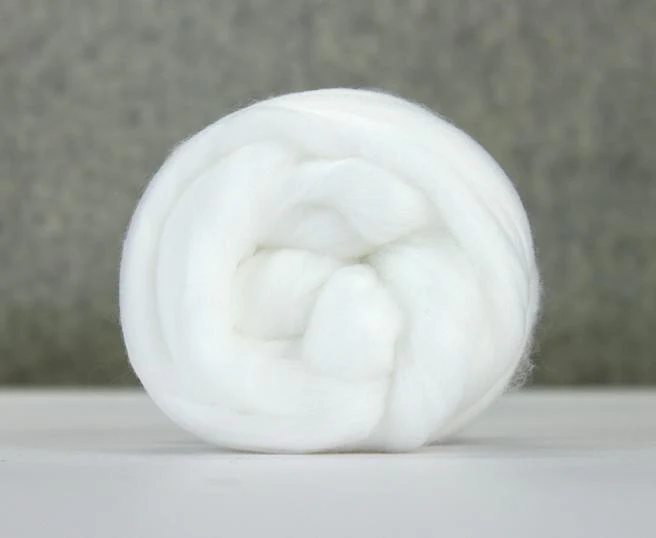Once the raw Mongolian cashmere has been thoroughly cleaned and dehaired, it enters the carding stage — a crucial step in transforming the fiber into a cohesive, workable form. During carding, the fine cashmere fibers are aligned into parallel strands using delicate wire-toothed rollers.
This not only disentangles and blends the fibers but also removes any lingering impurities, ensuring a smooth and uniform web of fiber. The goal is to produce slivers — soft ropes of aligned fiber — that exhibit optimal consistency, loft, and texture. These slivers lay the foundation for yarn production, and their quality directly influences the final outcome of the cashmere textile.
Following carding, the slivers move on to the spinning process, where they are drawn out and twisted into yarns of specific weight, thickness, and strength.


Our spinning technique is carefully calibrated to preserve the natural softness and breathability of Mongolian cashmere while delivering tensile strength suitable for luxury applications.
We employ both ring spinning and open-end spinning, depending on the desired yarn characteristics. Attention to twist level and evenness is critical at this phase, as it defines the fabric’s future drape, pilling resistance, and resilience. Through these refined processes, we convert the world’s finest fiber into high-quality yarn — ready to be dyed, woven, or knitted into elegant finished goods.

